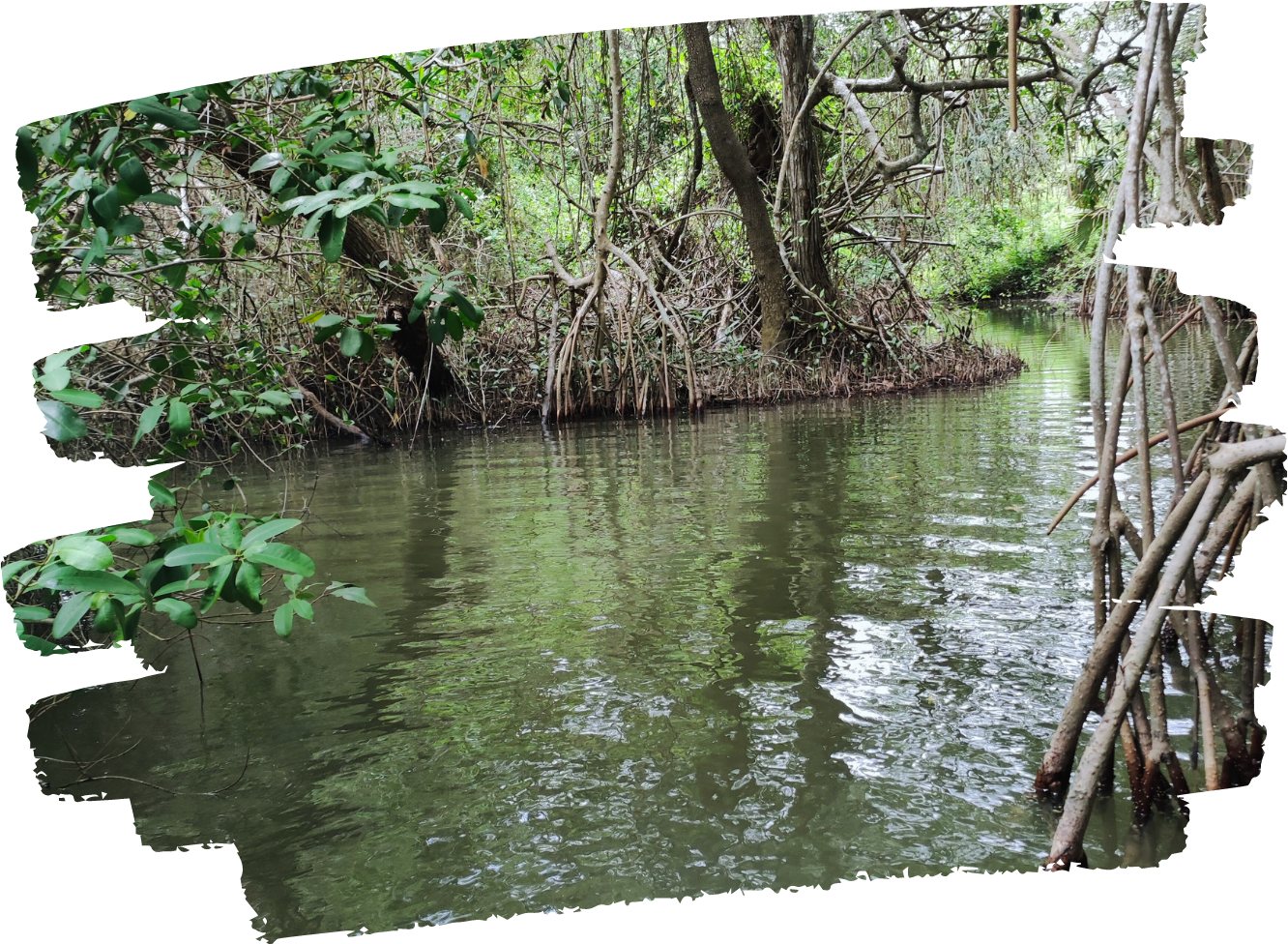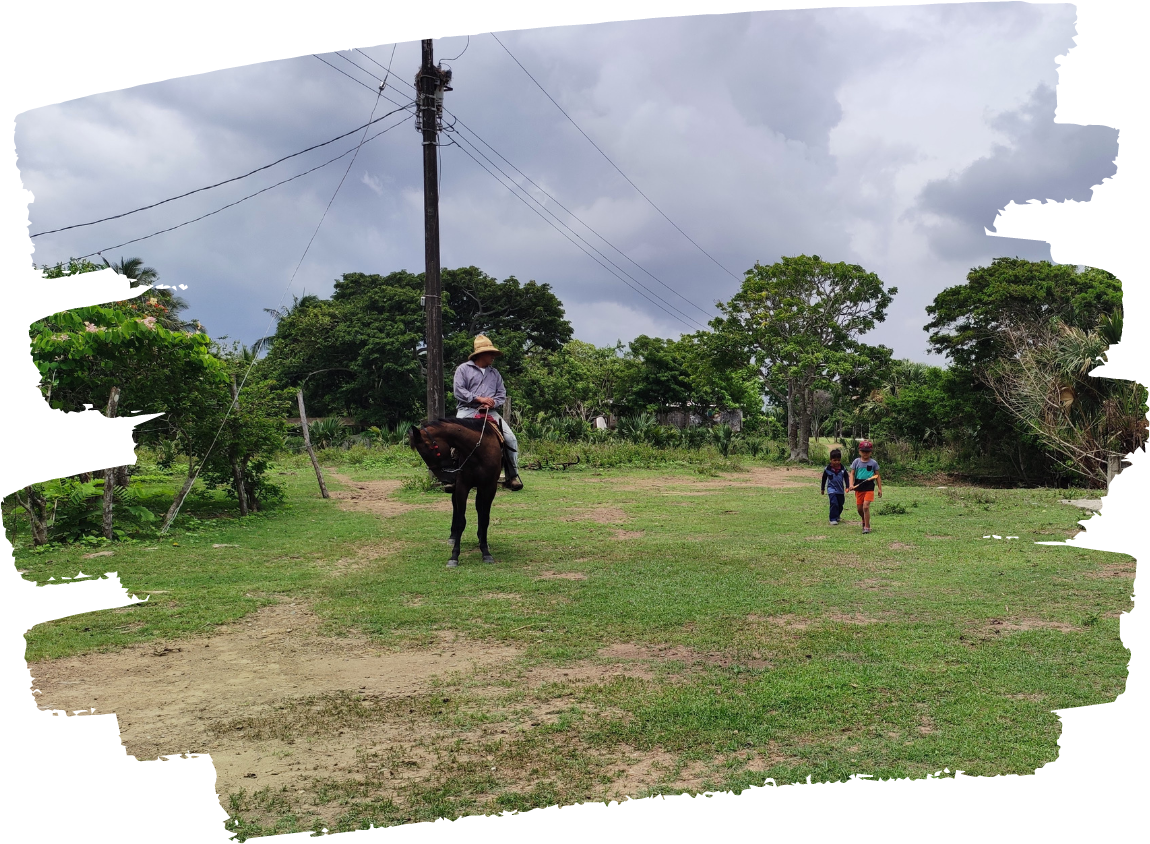
El Ejido El Tarachi, located in the state of Veracruz, Mexico, was born out of the struggle against poverty and the dream of finding a place to call home. Its history is a testament to the strength of dreams and the enduring hope of its people while protecting sensitive mangrove ecosystem located within.
Alvarado, Veracruz
Situated in the Alvarado Lagoon System, Veracruz
200 ha
200 hectares of managed forested areas predominantly composed of mangroves
21 Ejidatarios
Conservation and Reforestation is managed by the ejidatarios
Around 1990, diverse groups of farmers and peasants in Veracruz were grappling with the challenges of agrarian reform. The agricultural sector was plagued by disparities and land disputes, and many were desperate for a piece of land to cultivate and build a future upon. The UGOCP, known for championing the rights of laborers and peasants, suggested a piece of land nestled within the Alvarado lagoon system as a potential settlement for these struggling communities.
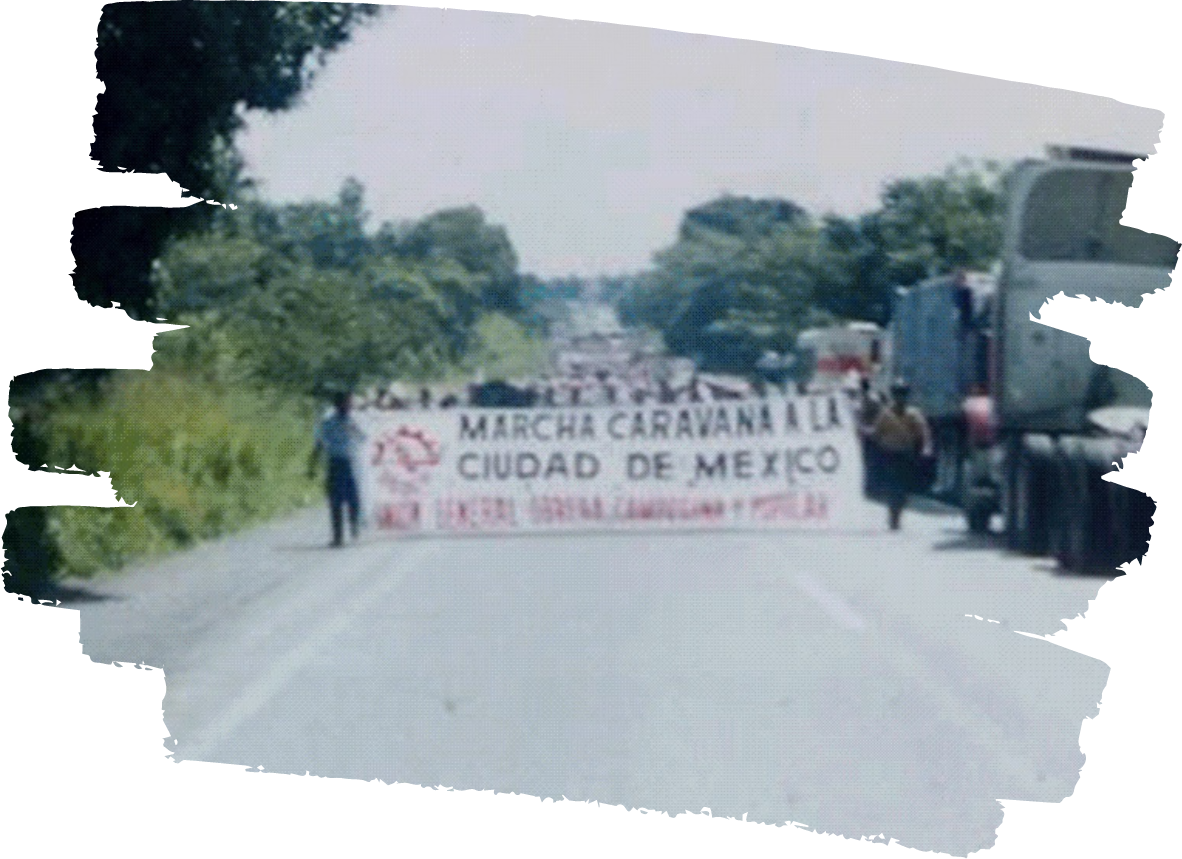

Around 1990, diverse groups of farmers and peasants in Veracruz were grappling with the challenges of agrarian reform. The agricultural sector was plagued by disparities and land disputes, and many were desperate for a piece of land to cultivate and build a future upon. The UGOCP, known for championing the rights of laborers and peasants, suggested a piece of land nestled within the Alvarado lagoon system as a potential settlement for these struggling communities.
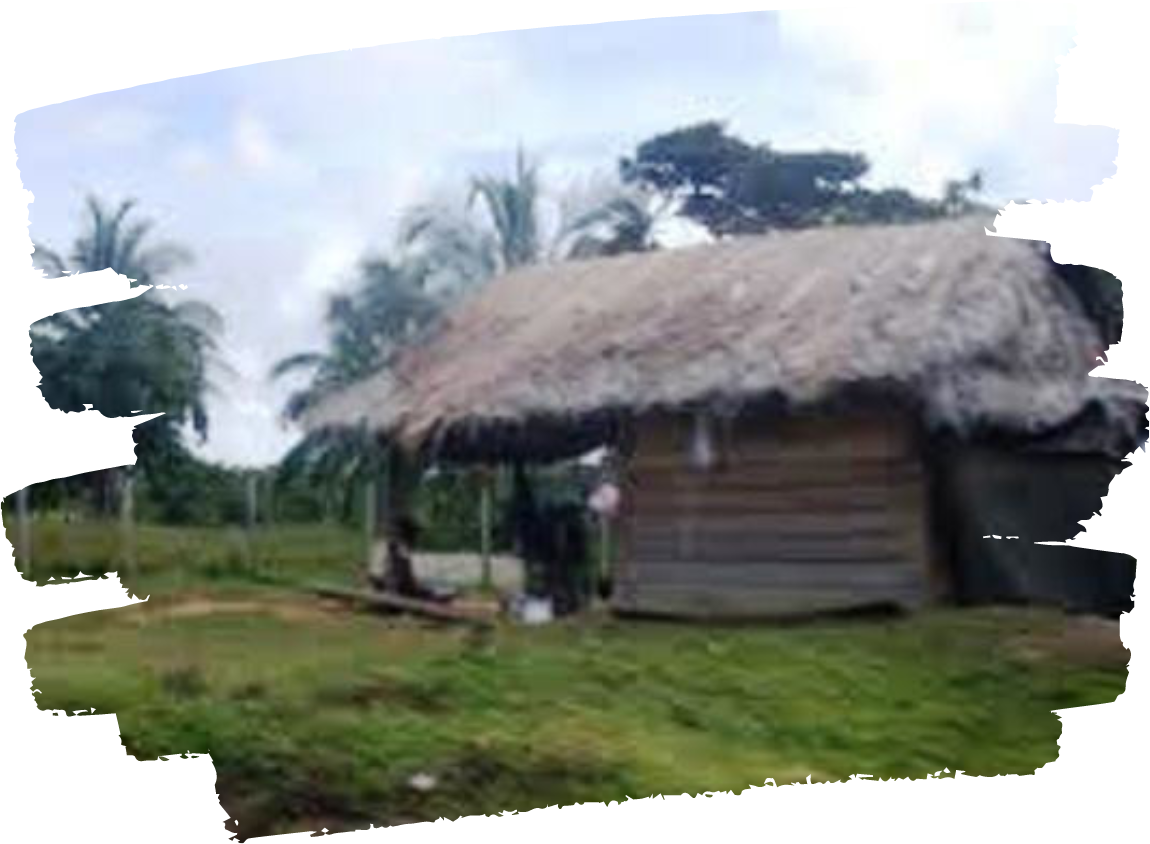
However, the proposed land was far from ideal; it was overgrown with dense vegetation, infested with mosquitoes, had limited access, and could only sustain a livelihood through fishing. With little hope of survival in this unforgiving environment, they gradually started to establish families in what was known as "Isla del Sancho," although the origin of this name remains a mystery. The initial settlers constructed humble homes made of palm fronds and bamboo, with earthen floors.
CONAFOR, through the Special Projects Sub-Management and the Golfo Centro Regional Management, has been supporting us since 2002 with advice and financial resources for the production of white and black mangrove, as well as some red mangrove.
Since 2002, we have had a semi-automated nursery with a capacity of 500,000 plants, which would enable us to establish a fully automated nursery and achieve reforestation of up to 250 hectares per year.
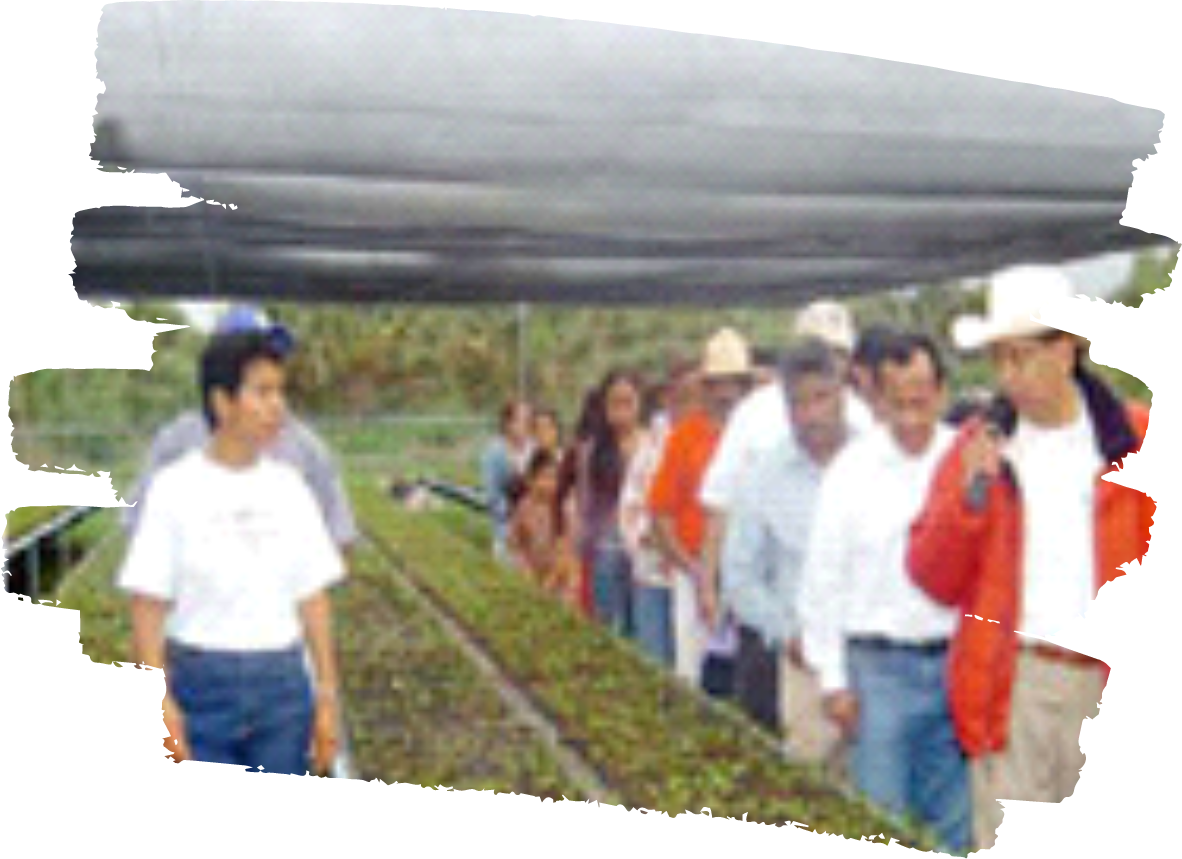

CONAFOR, through the Special Projects Sub-Management and the Golfo Centro Regional Management, has been supporting us since 2002 with advice and financial resources for the production of white and black mangrove, as well as some red mangrove.
Since 2002, we have had a semi-automated nursery with a capacity of 500,000 plants, which would enable us to establish a fully automated nursery and achieve reforestation of up to 250 hectares per year.
612,500 plants
Production of three species of mangroves

350 ha
Wetland reforested in Alvarado region

10,500 tons/yearly
Added carbon capture
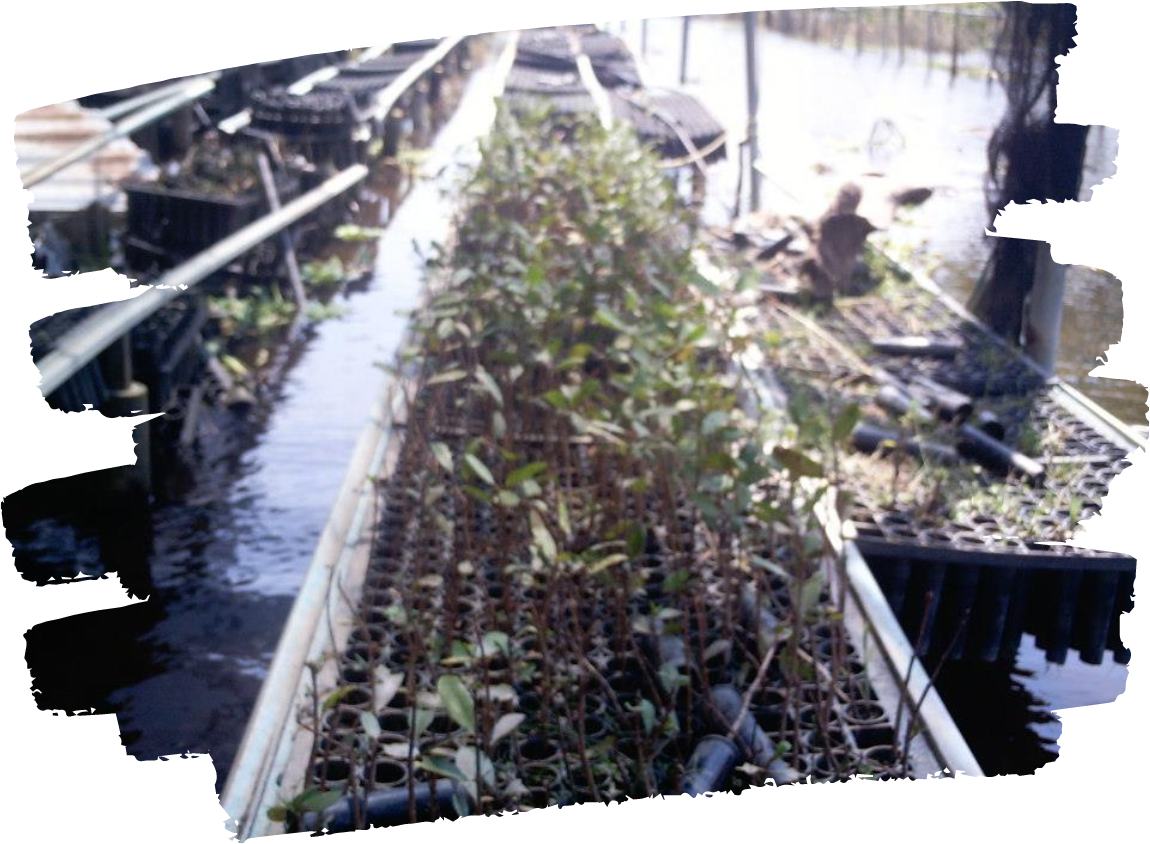
In September 2010, it was completely devastated by an unprecedented flood and the force of the winds caused by Hurricane Karl. Essentially, the wind demolished the infrastructure, while the water swept everything away in the current, including equipment, supplies, and over 750,000 plants. Nevertheless, the group of foresters had the opportunity to systematize their productive and commercial experience over the course of 7 years, ensuring that the interest in rehabilitating the nursery and overcoming the losses from the disaster did not wane.
More than 50% of the ejido's land is covered by mangroves. In 2013, registration was obtained to sustainably manage 200 hectares of this mangrove in a Wildlife Conservation Management Unit (UMA). The UMA management has successfully restored mangrove areas devastated by fires and has halted the excessive logging for mangrove wood.
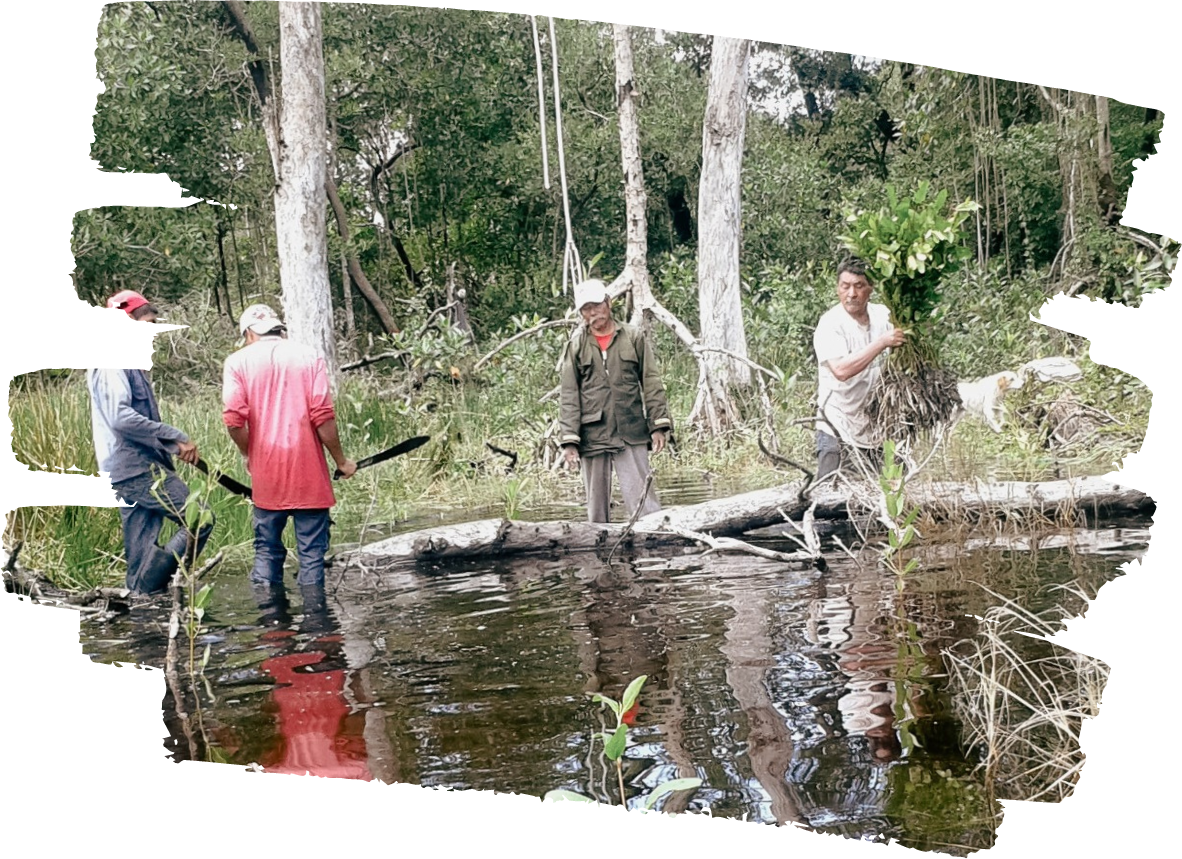

More than 50% of the ejido's land is covered by mangroves. In 2013, registration was obtained to sustainably manage 200 hectares of this mangrove in a Wildlife Conservation Management Unit (UMA). The UMA management has successfully restored mangrove areas devastated by fires and has halted the excessive logging for mangrove wood.
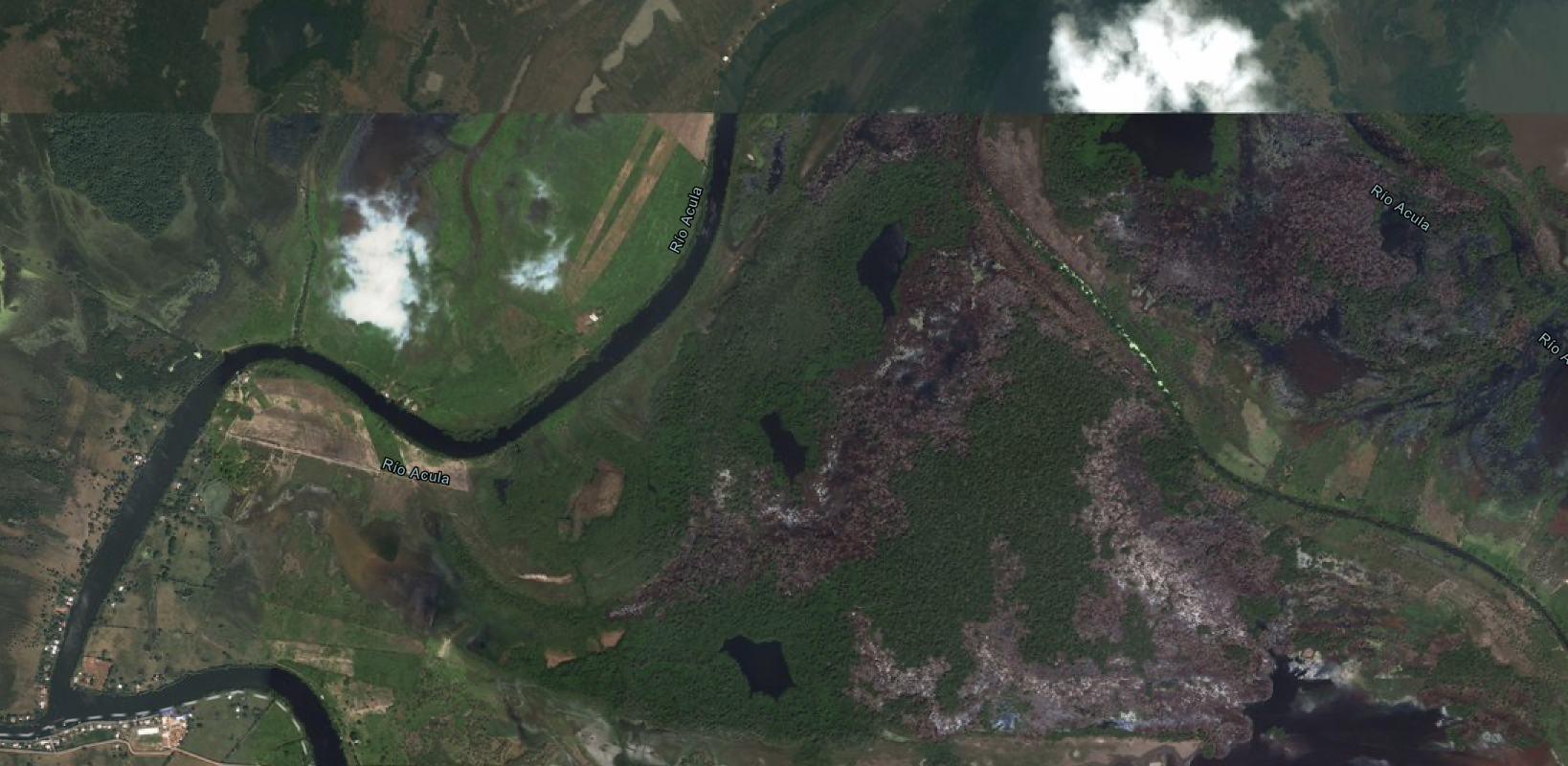
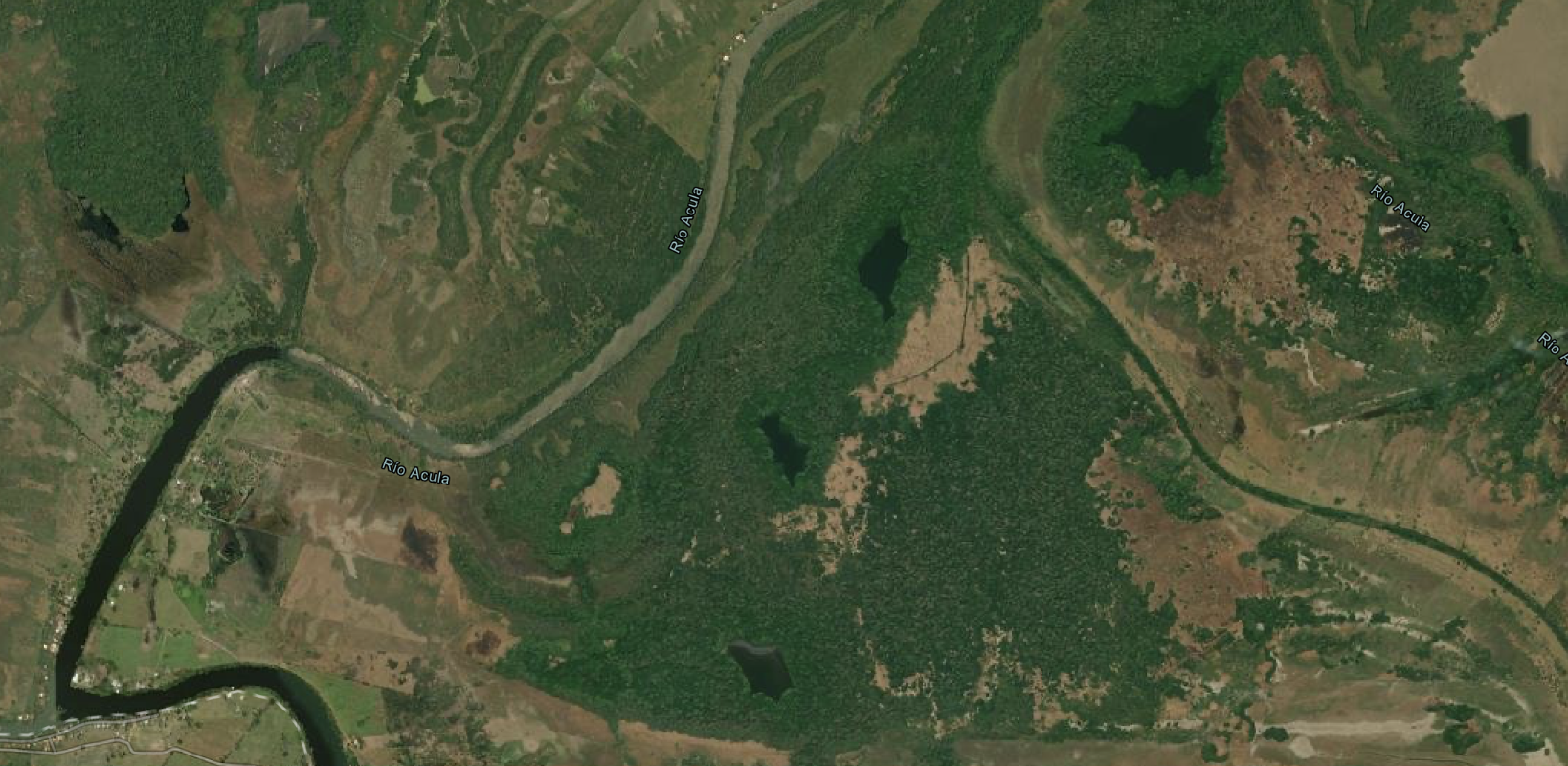
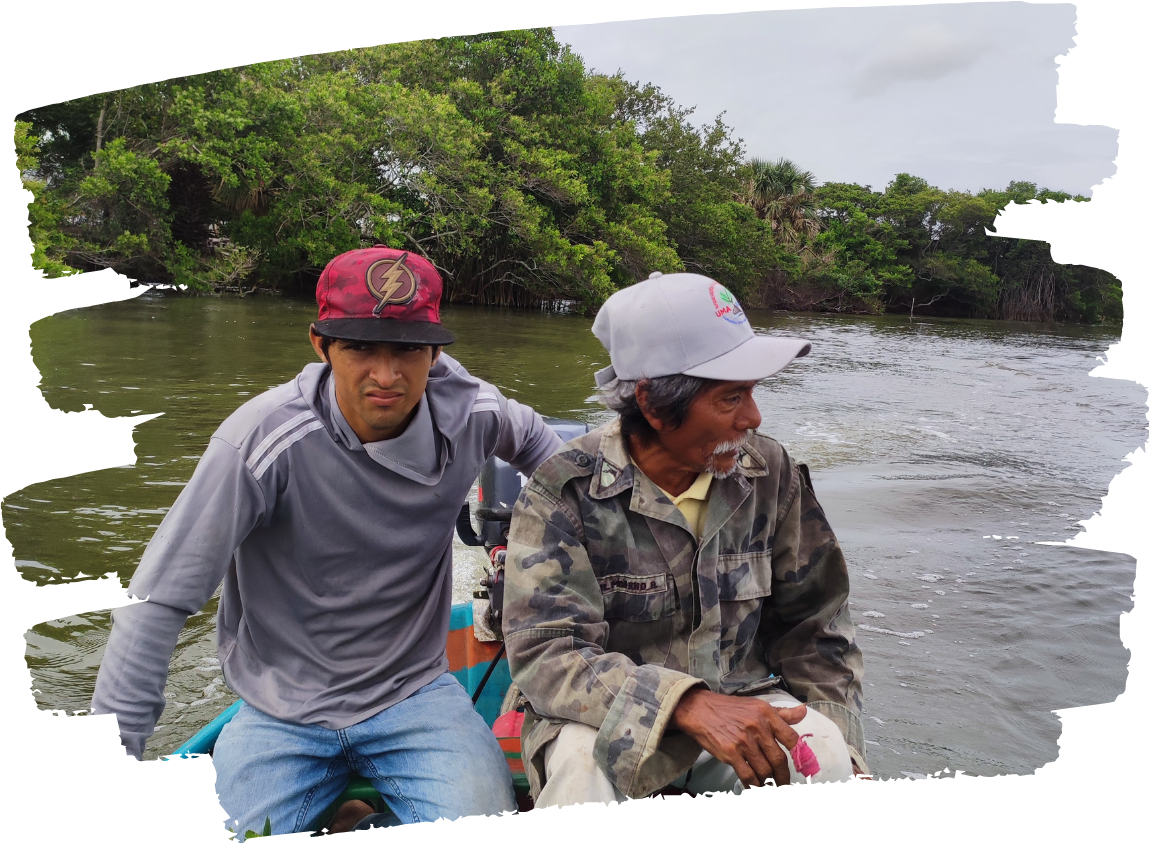
Through the restoration of mangroves and the recovery of bodies of water that have also been affected by past overgrazing, will open the door to the possibility of carrying out other types of projects, such as promoting tourism. However, to implement these measures with the participation of the local community, it is essential to have adequate financial resources. This will allow everyone to live in harmony with their ecosystem without putting it at risk.

